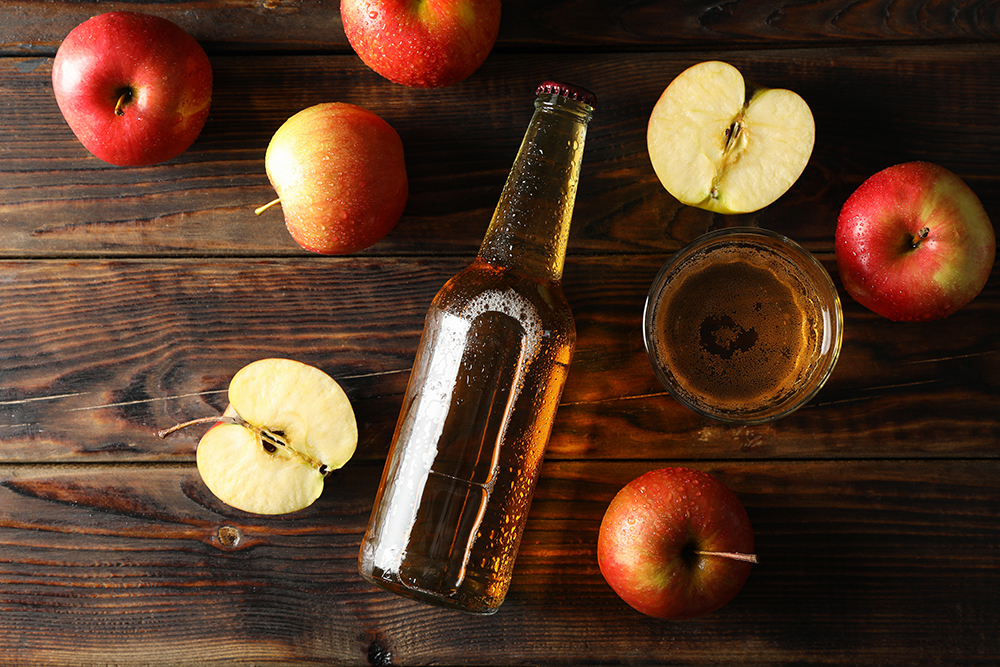Wines have been sealed with cork for centuries, and cork taint has been a problem for most of that time.
If you have ever popped the cork on a bottle of wine and found it tasted musty, mushroom-like, or of soggy newspaper, then you have experienced cork taint.
Before we can understand cork taint, we first need to understand how cork relates to the world of wine. Of the18 billion bottles of wine produced annually, 12 billion of those are closed with cork stoppers, 5 billion with screw caps, and another billion or so are closed with plastic corks.
Natural cork is harvested from the bark of the cork oak tree, which grows mainly in Spain and Portugal. The bark is carefully peeled from the tree every 9 years, and the harvest from a single tree typically produces around 4000 corks. The trees can live for hundreds of years, so a single tree might produce a million corks over its long life.
Cork taint comes from a fungal compound called TCA (trichloroanisole) that can contaminate the microscopic pores in the cork during the cutting and curing process.
When I was a neophyte wine drinker in the naughty nineties, cork taint affected around 3% of bottles, but technology improvements over the past few decades have reduced the incidence of cork taint to around 1%.
While natural cork closures still account for two-thirds of wine bottles, screw caps are becoming more popular every year, with the Australian wine industry leading the pack, with cork closures now a minority on wine bottles from the land down under.
The snobby winemakers from the old-world vineyards of France have been hesitant to give up the traditional use of cork, so even the bargain priced French wines are still typically closed with a cork.
Here at home in Canada, our local wines are seeing increasing use of plastic corks, which have the dual advantages of being impervious to contamination by cork taint, and never shrinking as they dry out over the years.
Screw caps started out as the closure of choice for low priced wines, but have moved up in the world, and are now used for even the most expensive wines.
The high-end Penfolds Grange from Australia is a good example, with half of their priciest wines being closed with cork, and the other half being closed with screw caps.
Penfolds is perhaps the highest-profile winery to perform blind tests of their best wines after 20 years under both cork and screw cap, and found no discernible differences in the development or aging potential.
I must confess that in the more insufferable days of my wine snobbery, I favoured natural cork for both traditional and aesthetic reasons, but I have come to know the love of the artificial closures.
If you happen to be the type of wine drinker who ages the wine in the trunk of the car on the way home from the local booze merchant before enjoying it, the type of closure will be immaterial, but those wine aficionados with cellars containing dozens or hundreds of bottles will appreciate the flexibility of bottles that can be stored upright without worrying about the cork drying out.
It was this concern that changed my mind about natural cork, with my wine cellar being a converted cold storage room lined with IKEA Kallax shelving units. I can store up to 300 bottles, but it is more space efficient to store the bottles vertically, so I have a mix of cubes containing horizontal bottles to keep the natural corks wet to prevent shrinkage, and increasingly large numbers of vertical bottles closed with plastic corks or screw caps.
As you might imagine, I tend to open a lot of wine bottles, but I have only experienced noticeable cork taint a handful of times, with the last incident more than 5 years ago. Part of this can be ascribed to the increased popularity of plastic corks and screw caps, as well as improved quality control in the production process of natural cork.
If you have ever ordered a bottle at a restaurant that was musty or tasted off, you may have been a victim of cork taint without knowing it. Do not hesitate to inform your server, as classy establishments have trained their staff to deal with the occasional inevitability of cork taint, and will happily replace a problematic bottle for you.
Just don’t try to send back a glass of Baby Duck, as it probably came from a can!






